No Gym, No Problem: 10 Bodyweight Exercises to Build a Stronger Body for Free
Building a stronger, more resilient body doesn’t have to involve monthly dues, complicated machines, or even leaving home. Many of us yearn for greater strength and more vitality, yet life’s demands, busy schedules, or mobility concerns can put going to the gym out of reach. The good news? Your own body is the most versatile piece of fitness equipment you’ll ever own. Bodyweight exercises merge science-backed muscle-building power with a gentle approach, making movement accessible no matter your age, shape, or experience. They travel with you—from apartment living rooms to backyards to hotel rooms—no fancy gear needed. This routine isn’t about sweating buckets or pushing to exhaustion. Instead, it’s an invitation to explore gradual, sustainable strength—meeting yourself where you are and simply starting. Each exercise in this guide is chosen because it not only strengthens your muscles, but also honors joint health, everyday mobility, and confidence that you can carry well beyond these moves. Whether you’re looking to ease back into movement, amp up your current fitness routine, or simply feel more at home in your own body, these 10 bodyweight exercises offer a free path to growth. Let’s begin—because feeling good doesn’t have to be complicated or exclusive.
1. Push-Ups: Building Upper-Body and Core Strength
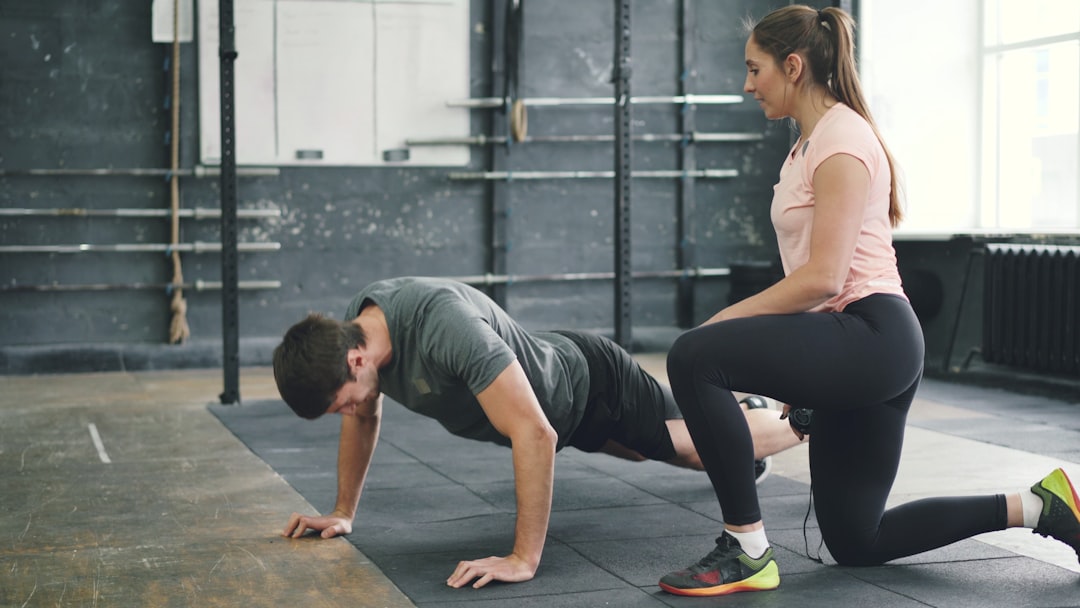
Push-ups are a time-honored favorite for developing strength in your chest, shoulders, triceps, and core—all with just your body and the ground beneath you. Start by placing your hands slightly wider than shoulder-width, engaging your core and keeping your body in a straight line from head to heels. Lower down with control, keeping your elbows at about a 45-degree angle. Press back up, moving as a single unit. If a full push-up feels daunting, start with your knees on the floor or use an incline against a sturdy surface like a countertop or wall. As you get stronger, progress to standard push-ups or try elevating your feet for an added challenge. Remember, it’s not about perfection—it’s about persistence. Each variation brings value. Common mistakes include letting the hips sag or flaring elbows sideways. Focus on quality reps, even if you’re only able to do a few at a time. Push-ups are not only effective but easy to modify to your current abilities, building confidence with every rep.
2. Bodyweight Squats: Mobilize and Strengthen Your Lower Body
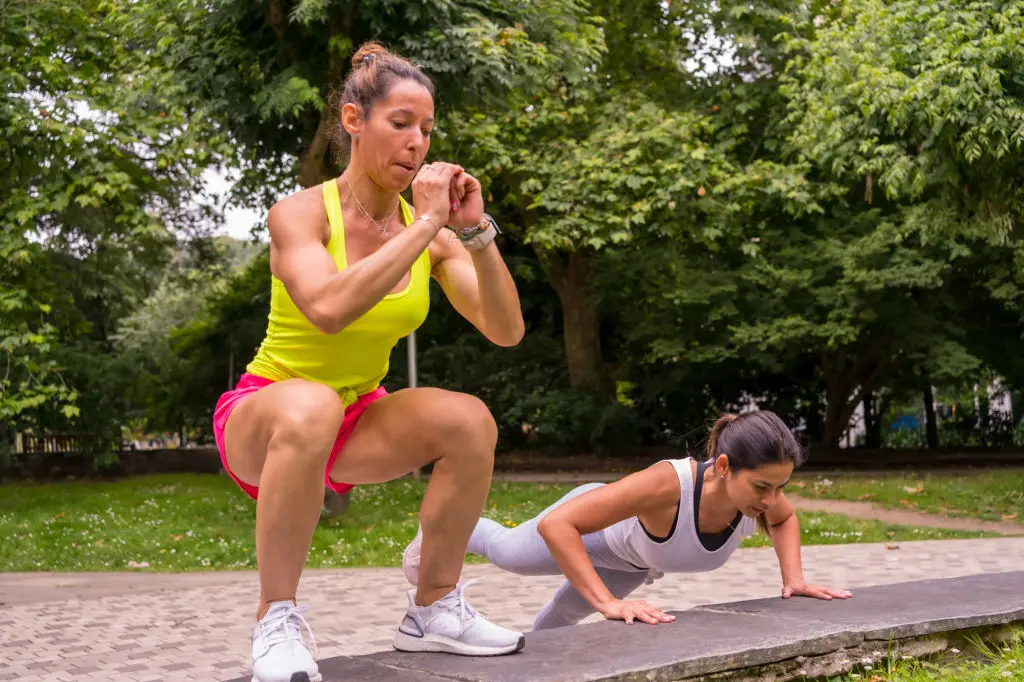
Squats are the foundation for both strength and daily movement, from standing up out of a chair to picking up groceries. Stand with feet about hip-width apart, toes slightly turned out. Sit back as if lowering into a chair, keeping chest tall, weight in your heels, and knees gently tracking over your toes. Lower until your thighs are parallel to the floor—or as far as feels comfortable—and then rise back up to standing. Challenging yourself? Try pausing at the bottom, adding a jump at the end of each rep, or even practicing single-leg squats. If mobility feels limited, use a chair behind you for reference or reduce your range as needed. Squats aren’t about depth or speed—they’re about engaging your glutes, thighs, and core in a way that carries into everyday life. Consistency is more important than intensity, and a slow, steady squat done with care is truly something to celebrate.
3. Glute Bridges: Support Your Back and Hips
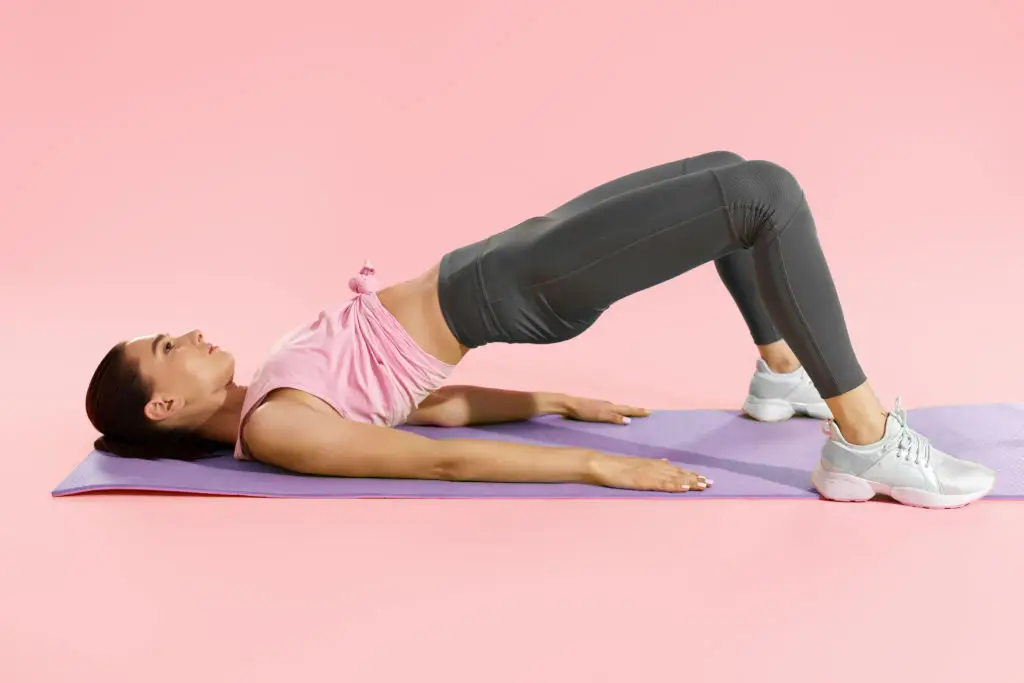
The glute bridge is a gentle powerhouse for your hip, glute, and lower back muscles—the support team that keeps you upright and walking tall. Lie on your back with knees bent, feet flat about hip-width apart, arms at your side. Press through your heels to lift your hips, squeezing your glutes and bracing your core as you rise. Pause at the top for a breath before lowering down with control. If you’re seeking a bit more, try the single-leg bridge or add a few seconds at the top for extra burn. This move is especially friendly for sore backs or sensitive knees. Pay attention to not arching your lower back or letting your knees splay apart. Regular glute bridges reinforce healthy posture, enhance core strength, and help ease tension accumulated from sitting. They’re an excellent way to “wake up” those supportive muscles, one rep at a time.
4. Plank Holds: Core Stability Built to Last
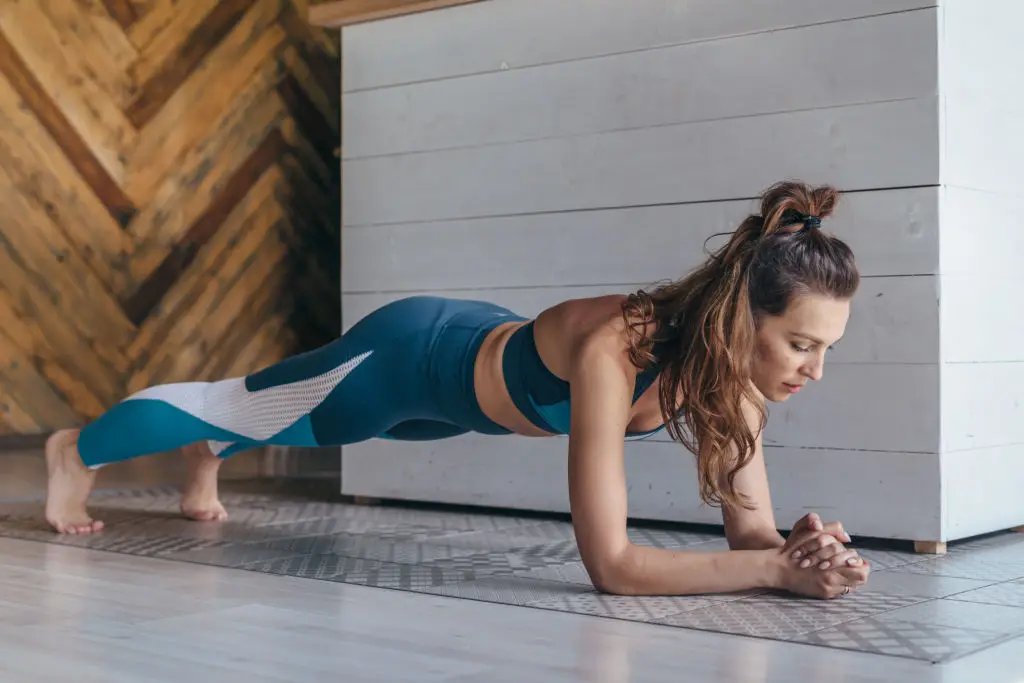
Planking is about maintaining a strong, stable pillar from your head to your heels. Lying face down, lift onto your forearms and toes, elbows beneath your shoulders. Brace your core, glutes, and legs, keeping a straight line—avoid letting the hips sag or hiking them upward. Breathe deeply and hold as long as you can maintain form, even if it’s just a few seconds at first. Beginners might start from the knees or hold a plank with hands on an elevated surface. Ready for more? Try a side plank or extend your hold time gradually. Watch for common pitfalls: letting your neck hang, holding your breath, or letting your shoulders creep up to your ears. Each hold, no matter the duration, works deep core muscles that protect your spine and foster better posture in everyday life. It’s strength that pays off far beyond your workout.
5. Lunges: Strengthen, Balance, and Boost Mobility
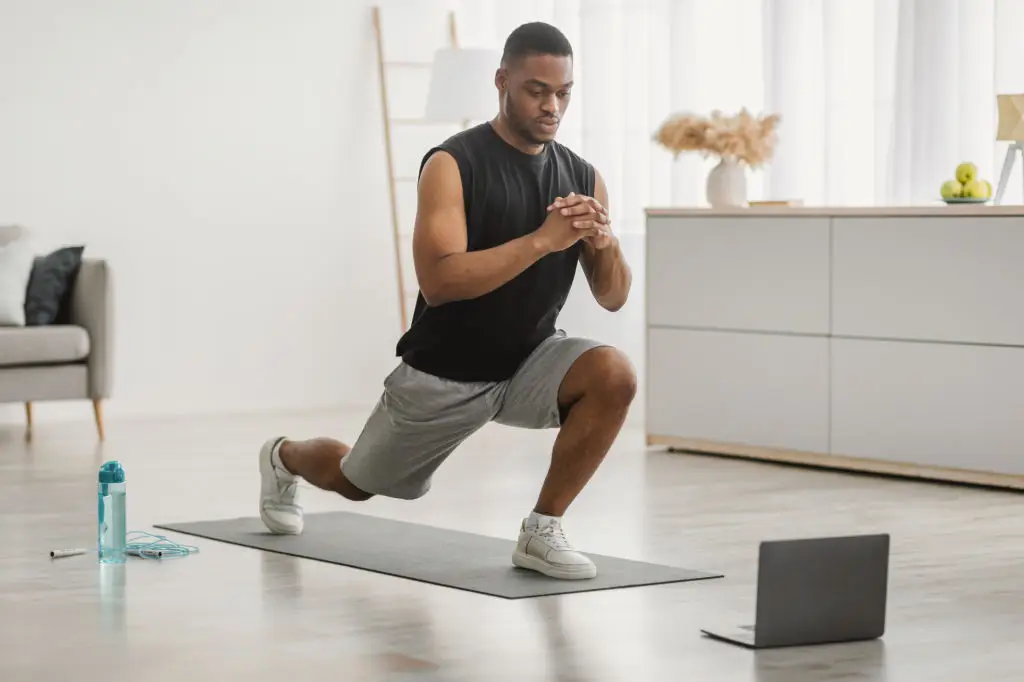
Lunges are dynamic—one leg steps forward or backward, lowering your body while keeping your upper body upright and core engaged. Begin with feet together, then take a big step forward. Lower your hips until both knees are bent at roughly 90 degrees, front knee stacked over ankle, back knee hovering or tapping the ground. Push off your front foot to return to standing. Switch legs and repeat. To ramp things up, add walking lunges, a hop at the top, or try reverse lunges for less strain on the knees. If balance is challenging, perform stationary lunges or use a wall for support. The secret is in slow control rather than speed. Lunges wake up those stabilizers in your hips, thighs, and core, boosting balance and strength for movements big and small—whether you’re dancing in the kitchen or tackling stairs with ease.
6. Wall Sits: Endurance for Your Lower Body
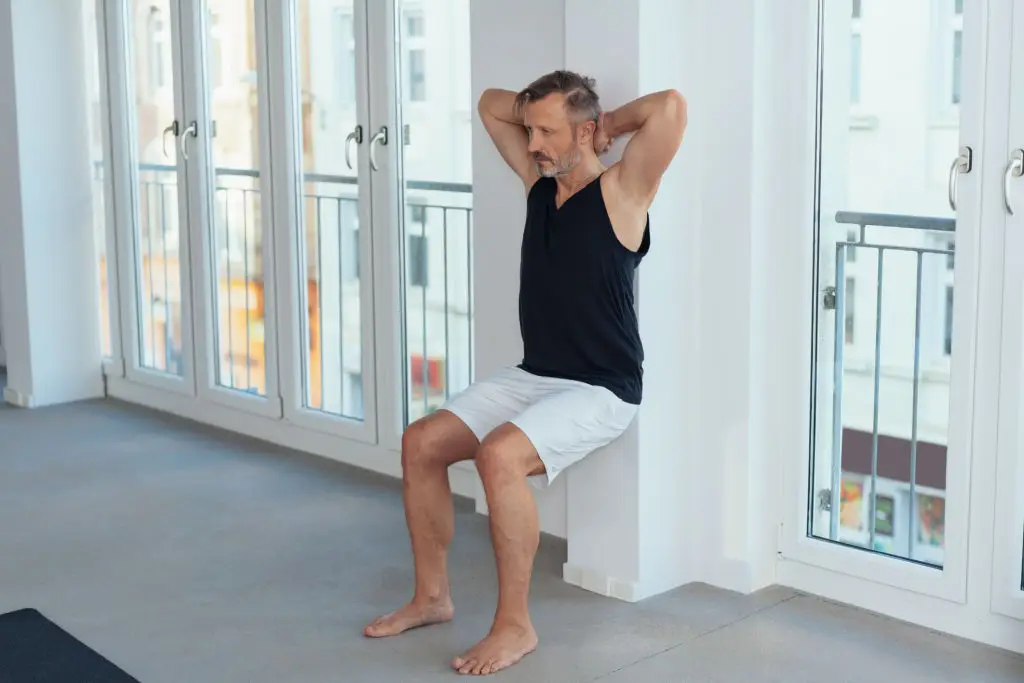
A simple wall and a few square feet are all you need for wall sits, which build serious endurance and strength in your quads, glutes, and core. Stand with your back against a wall and slide down until your knees are bent at 90 degrees, thighs parallel to the floor—imagine sitting in an invisible chair. Press your back firmly into the wall, feet shoulder-width apart, weight evenly distributed. Hold this position while breathing steadily, timing yourself for added challenge. If a full wall sit feels too intense, start with a higher angle or take brief breaks before trying again. To progress, hold small weights in your lap or lift one leg at a time. Avoid lifting your heels or letting your knees drift past your toes. Wall sits require patience and a bit of grit, reminding you that stillness can be just as empowering as movement.
7. Triceps Dips (Chair or Bench): Target Your Arms and Shoulders
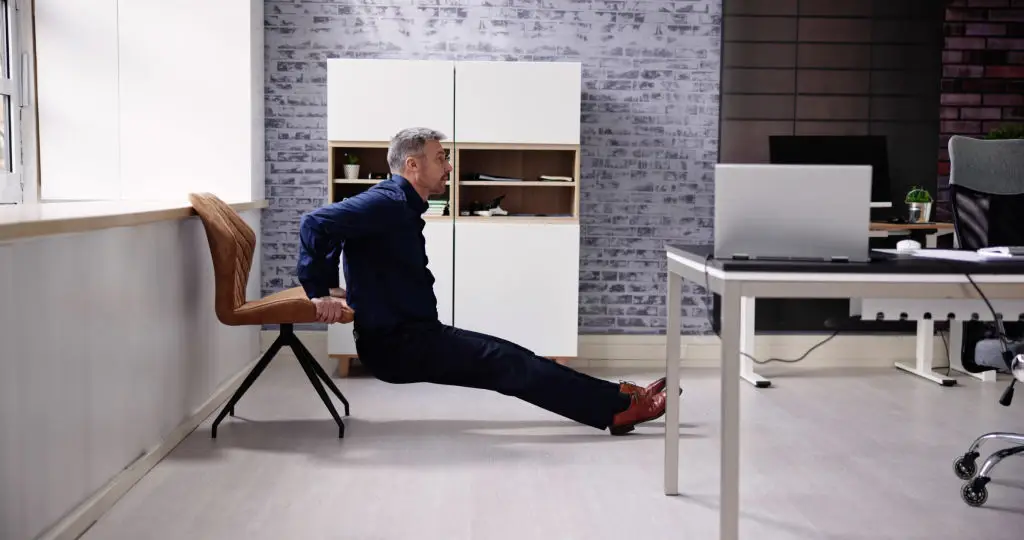
Triceps dips make use of a sturdy chair or bench to focus on arm and shoulder strength. Sit on the edge of the seat, hands gripping beside your hips. Slide forward, supporting your weight with your hands, then lower your body by bending your elbows to about 90 degrees—keeping them close, not flared. Push back up with care. To make it easier, keep your feet closer and knees bent; to advance, extend your legs or even raise one foot. Always prioritize shoulder comfort by not dipping too deep or hunching forward. If wrists feel tender, pause and stretch between sets. Triceps dips help combat the effects of frequent typing, lifting, or carrying. They challenge your body in new ways, supporting everyday movements like pushing open doors or lifting bags with ease.
8. Superman Exercise: Strengthen Your Back and Posture
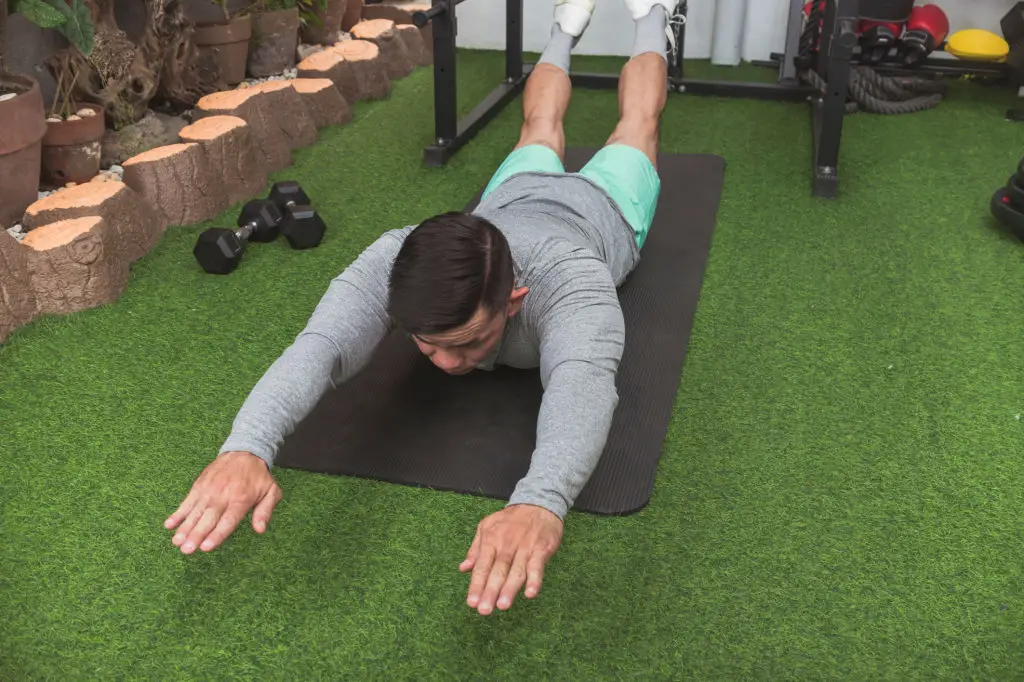
The superman exercise is a gentle counterbalance for all our forward-focused activities—think sitting, rounding, typing. Lying face down with arms extended overhead, lift your arms, chest, and legs just a few inches off the floor at once (as if you’re flying), squeezing your back, glutes, and hamstrings. Keep the motion small and controlled, focusing on length rather than height. Hold briefly, then lower and repeat. Modifications include alternating lifting one arm and opposite leg, or keeping hands by your sides for less intensity. Avoid quick, jerky motions and brace your core to protect your lower back. This move not only supports a healthy spine, but also nurtures the stabilizing muscles that help with posture and ease tension from slouching during daily life. It’s a subtle yet mighty addition to your routine.
9. Mountain Climbers: Add Dynamic Cardio and Core Power
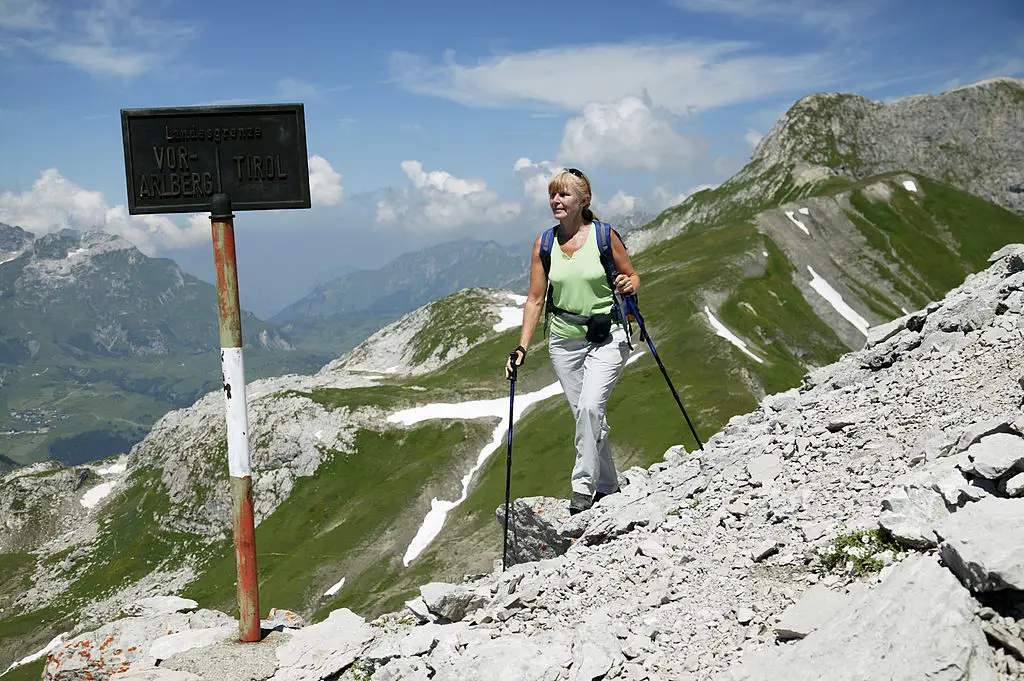
Mountain climbers elevate your heart rate while strengthening your shoulders, arms, core, and legs—all in a motion you can perform in the smallest of spaces. Begin in a high plank with wrists under shoulders and body in a straight line. Drive one knee toward your chest, then switch legs quickly (as if sprinting in place). Focus on keeping your hips low and back flat; avoid letting your rear rise up or shoulders shrug. Slow the tempo down for control or speed up for more cardio. Need a modification? Step one foot forward at a time, or pause between reps. Mountain climbers build endurance, agility, and coordination, making them a compact but comprehensive addition to any routine. Their playful, rhythmic movement brings energy and variety, making workouts at home feel anything but boring.
10. Side Plank: Support Your Core and Spine
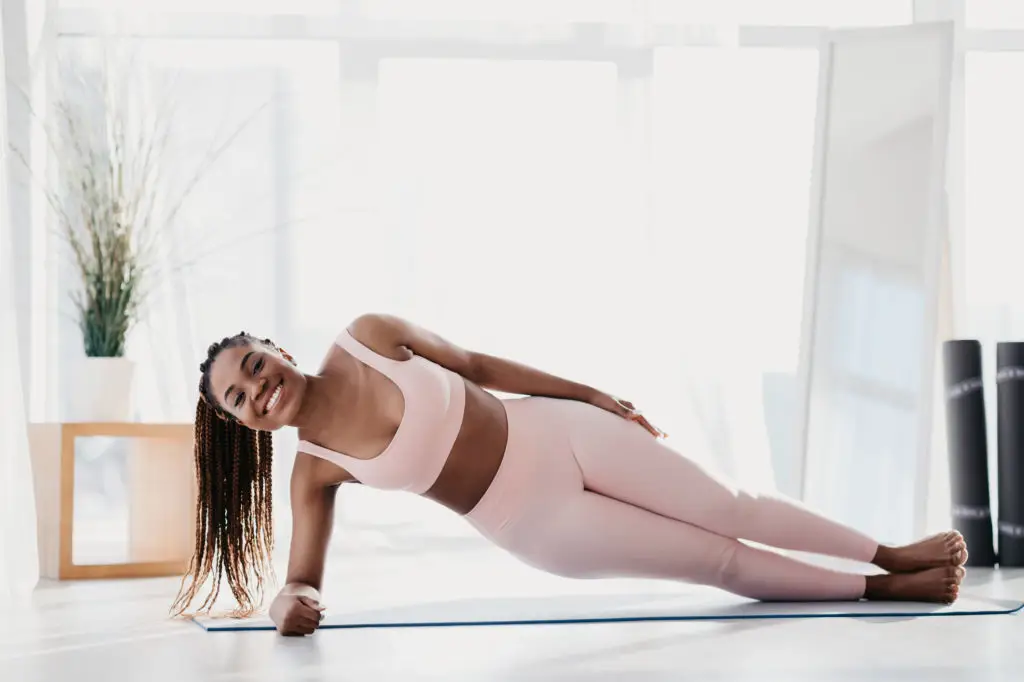
Side planks are an approachable way to strengthen the oblique muscles along your torso, as well as your shoulders and hip stabilizers. Lie on your side, propping up on your forearm directly under your shoulder. Stack feet (or bend knees for support) and lift hips off the floor, forming a straight line from head to feet. Keep your head neutral and lift through your top hip. If balance wavers, drop one knee or hold for a shorter time. Progress by raising your top arm or leg. Side planks nurture the muscles that help stabilize and protect your spine in daily movements—twisting, reaching, even sitting tall at your desk. They’re gentle, adaptable, and quietly powerful, offering a sense of accomplishment with every hold.
Gentle Strength, Consistent Progress: Your Body, Your Way
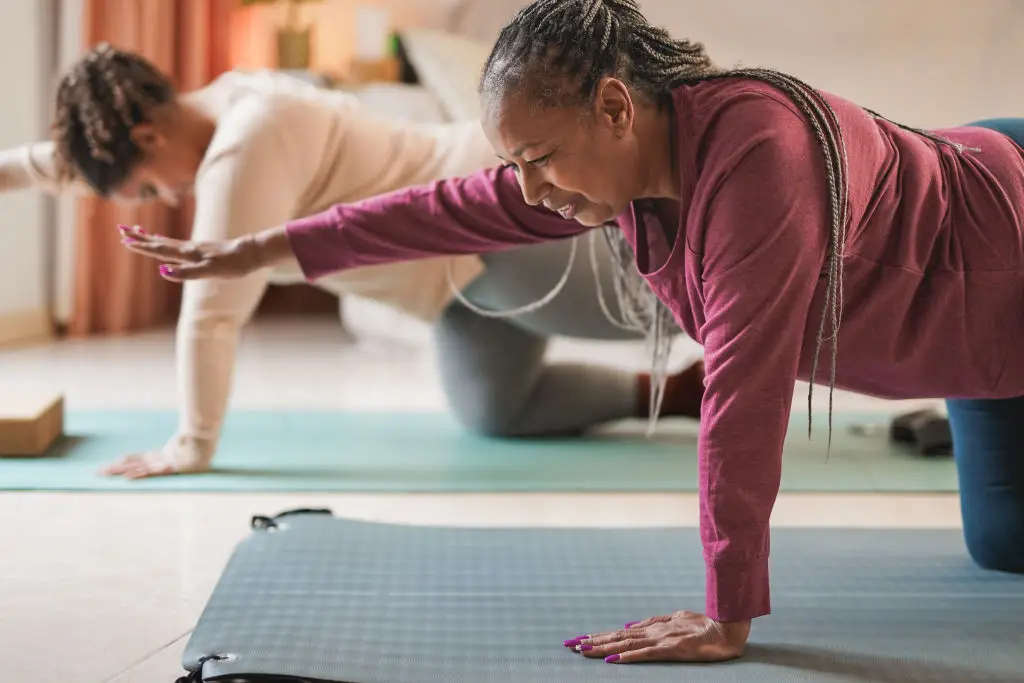
A strong body isn’t forged solely within gym walls or defined by the latest exercise trends. The ability to move, lift, bend, and stand with confidence can be nurtured anywhere, by anyone, with nothing more than your own body and some intention. Each bodyweight exercise you try is a quiet act of self-respect—a way to honor progress, not perfection. Whether you’re doing three push-ups or thirty, holding a plank for ten seconds or one minute, the journey is yours alone. Gentle effort grows into resilience over time, and every rep is a small investment in the kind of strength that adds up day by day. Remember to celebrate the first steps, savor improvements, and listen to your body’s needs. Modifications are not setbacks; they are signs of wisdom and self-awareness. You don’t have to chase “more”—you only need to show up for yourself, one short session at a time. With these ten bodyweight exercises, you have a toolkit for better movement, greater energy, and a stronger, more vibrant you—whenever and wherever you choose.